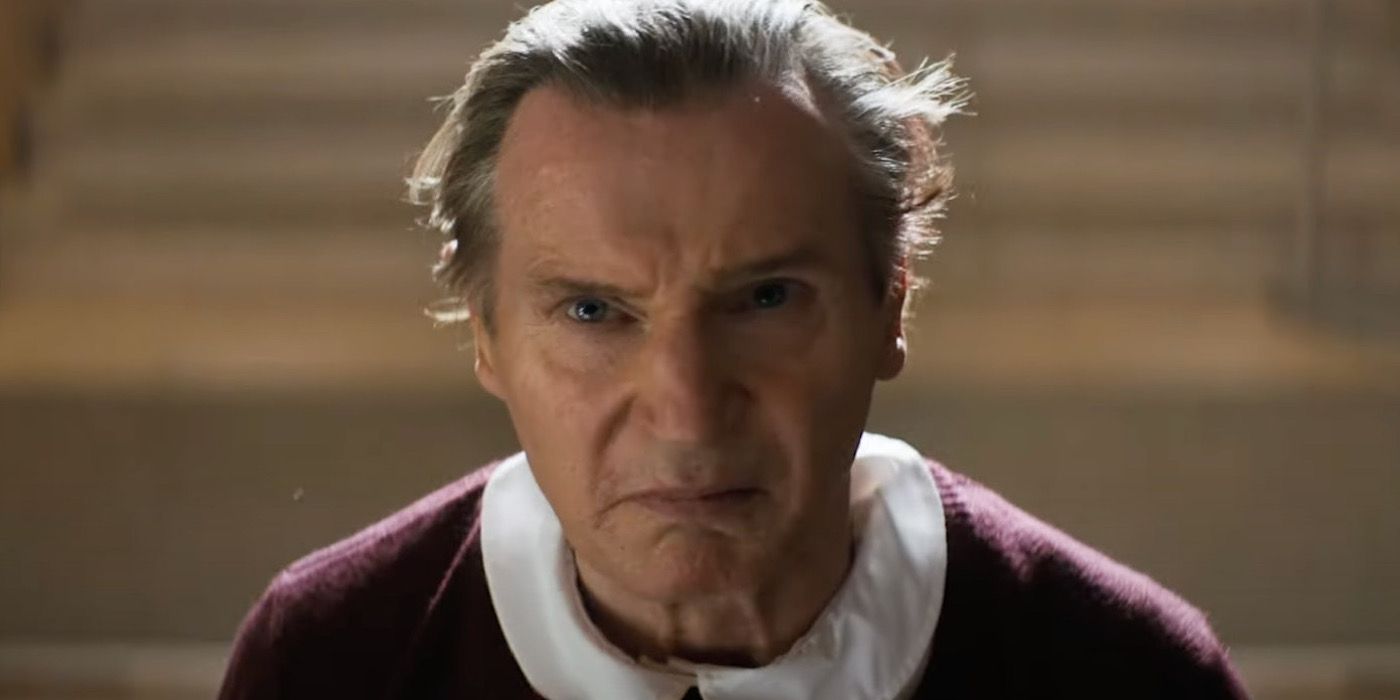Summary
- Alec Baldwin’s behavior on the
Rust
set may have contributed to safety issues, reflecting a lack of emotional control according to prosecutors. - Prosecutors argue that Baldwin’s shifting statements and false narrative after the shooting attempt to blame the victim for her own death.
- The prosecution accuses Baldwin’s defense team of manipulation in plea negotiations, with claims of lies and misleading arguments.
In the upcoming trial of actor Alec Baldwin for involuntary manslaughter, prosecutors are set to argue that Baldwin’s inability to control his emotions on the set of Rust contributed to the accidental shooting of cinematographer Halyna Hutchins.
According to Variety, a 32-page filing by prosecutor Kari Morrissey details allegations against Baldwin, including his tendency to scream and curse at himself and others, sometimes without reason. This behavior, Morrissey argues, played a role in the safety failures that led to the tragic incident. Morrisey wrote:
“To watch Mr. Baldwin’s conduct on the set of ‘Rust’ is
to witness a man who has absolutely no control of his own emotions and absolutely no concern for how his conduct affects those around him
. Witnesses have testified that it was this exact conduct that contributed to safety compromises on set.”
The filing also accuses Baldwin of constructing a false narrative after the shooting, in which he claimed he did not pull the trigger of the gun—a statement the prosecution deems “absurd.” The prosecutor pointed at Baldwin’s changing accounts of the events, including his claims in a later ABC interview with George Stephanopoulos that contradicted his initial police interview. Morrissey asserts that Baldwin’s shifting statements effectively blame Hutchins for her own death. Morrissey said:
“Every time Mr. Baldwin spoke, a different version of events emerged from his mouth, and his later statements contradicted his previous statements.”
Alec Baldwin’s Defense Team Accused of Manipulation in Plea Negotiations
In response to Baldwin’s defense team’s motion to dismiss the indictment, Morrissey accuses them of lies and manipulation. The prosecution’s journey, including the initial charging of Baldwin with manslaughter, offering a misdemeanor plea deal, and then indicting him on a felony charge, is outlined. The filing reveals that defense attorney Luke Nikas persuaded the prosecutors to drop the charge pending further gun testing by presenting arguments and potential A-list witness testimonies, which prosecutors now believe were misleading.
The subsequent forensic examination of the gun determined that the trigger had to have been pulled for it to fire. Despite this, the prosecutors initially opted not to reinstate the felony manslaughter charge but offered a misdemeanor plea instead. Morrissey explains this decision as an attempt to ensure fair treatment for similarly situated defendants.
The filing also unveils Baldwin’s defense plans to accept the plea while launching a media campaign to minimize his culpability and their intention to file a “frivolous” civil complaint against the original prosecutors and the state of New Mexico. Additionally, Baldwin’s plans for a documentary about Hutchins and his alleged pressure on material witnesses to participate are mentioned as reasons for rescinding the plea offer.
Related Rust: Does This Alec Baldwin Movie Have Any Chance of Success? Forever tied to the accidental shooting death of cinematographer Halyna Hutchins, is there any way this now-completed film is successful?
Baldwin’s defense has raised objections to the indictment, claiming procedural and legal defects, including that grand jurors were not adequately informed of their ability to hear from defense witnesses. However, the prosecutor maintains that the indictment proceeded correctly and that the objections are invalid. The trial is set to take place in July in Santa Fe, N.M., and promises to be a closely watched legal battle that delves into the responsibilities and conduct of those involved in film production safety.
You can view the original article HERE.

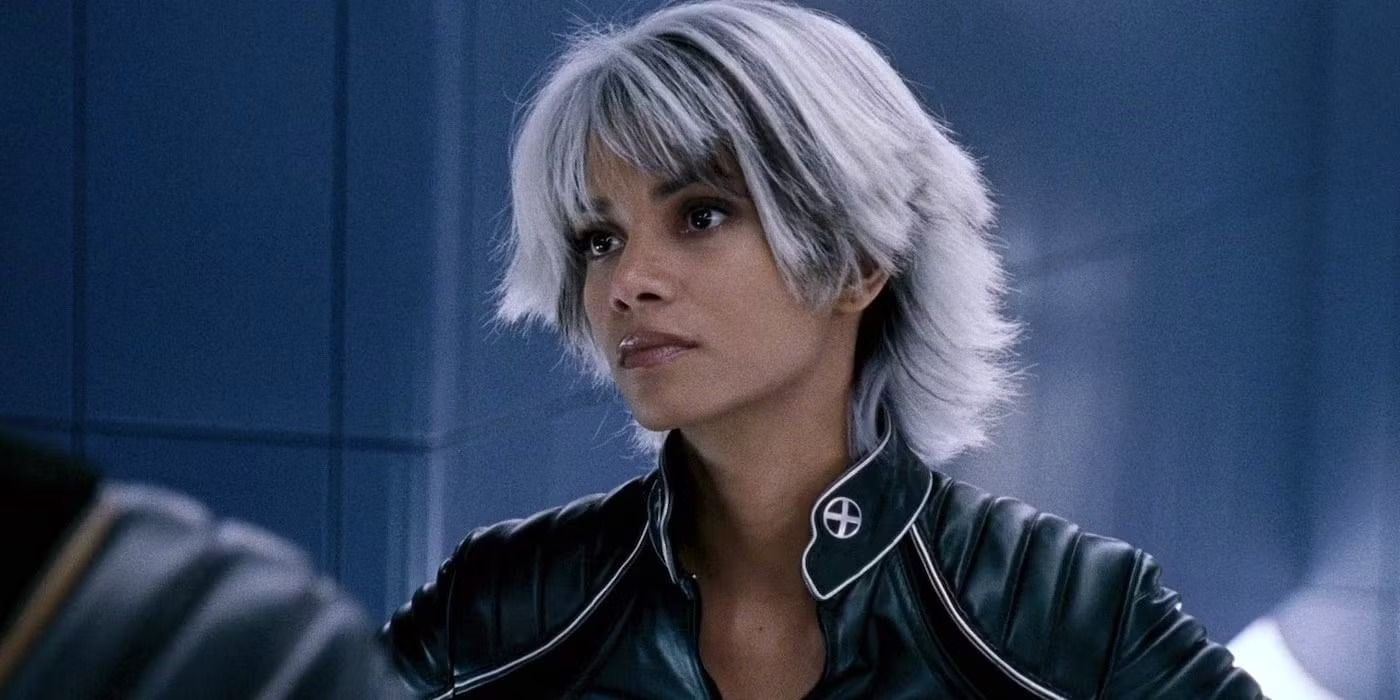



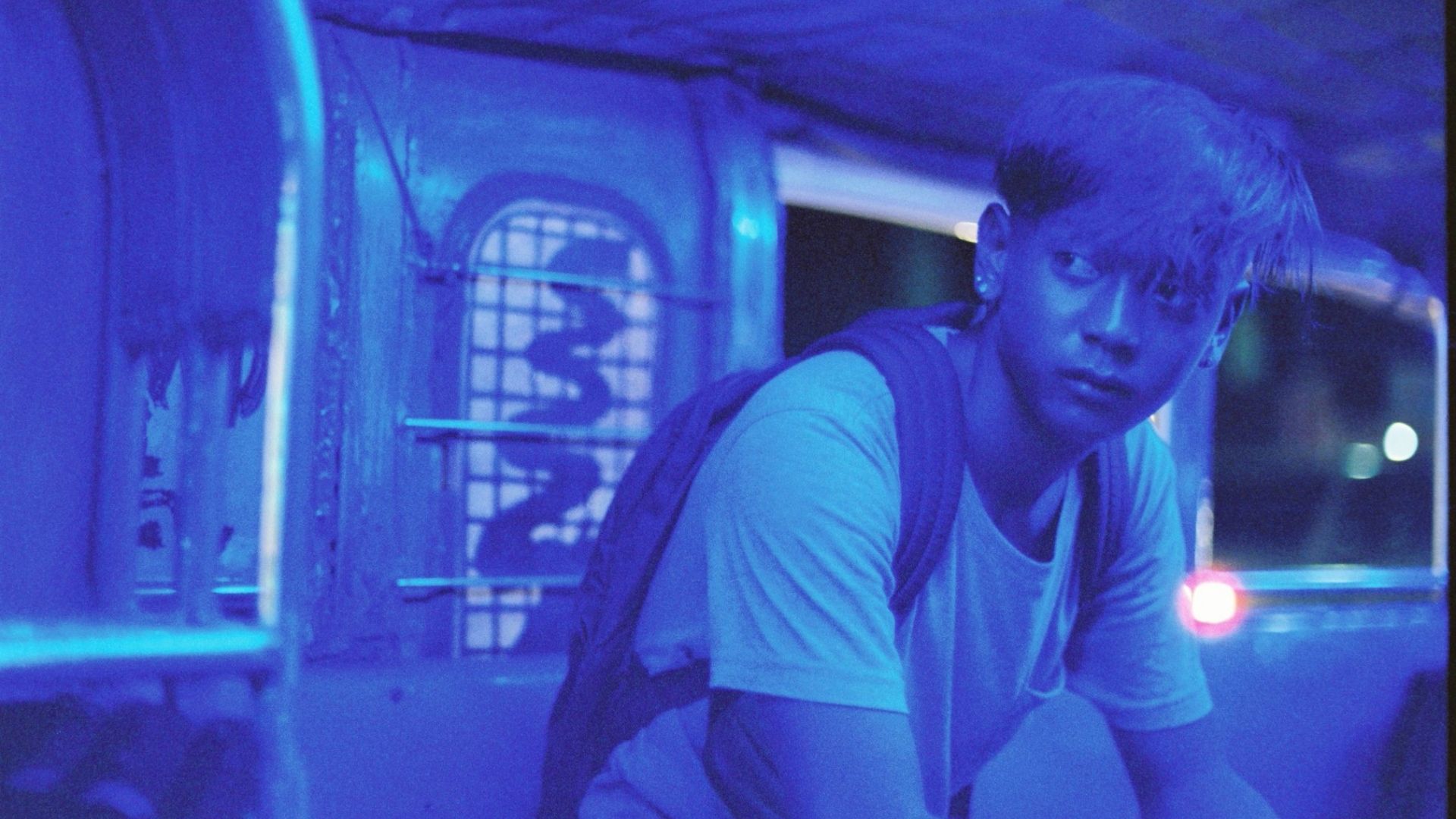
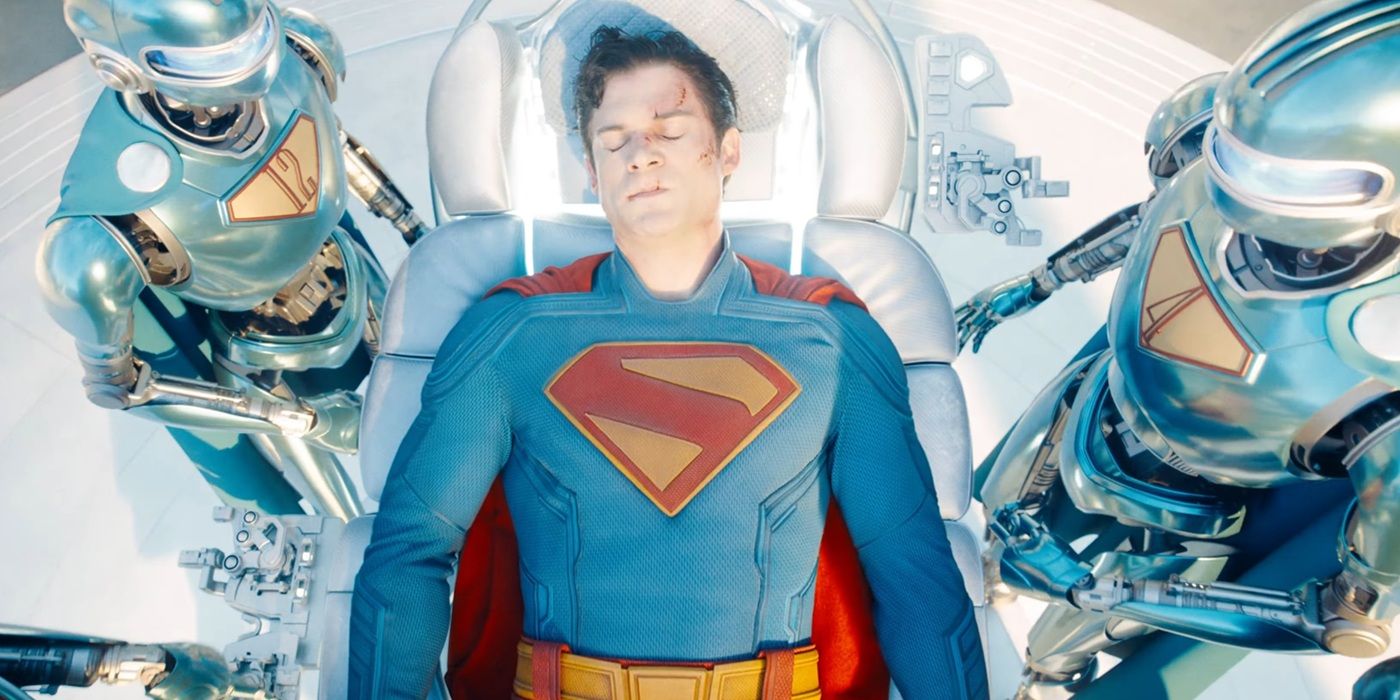



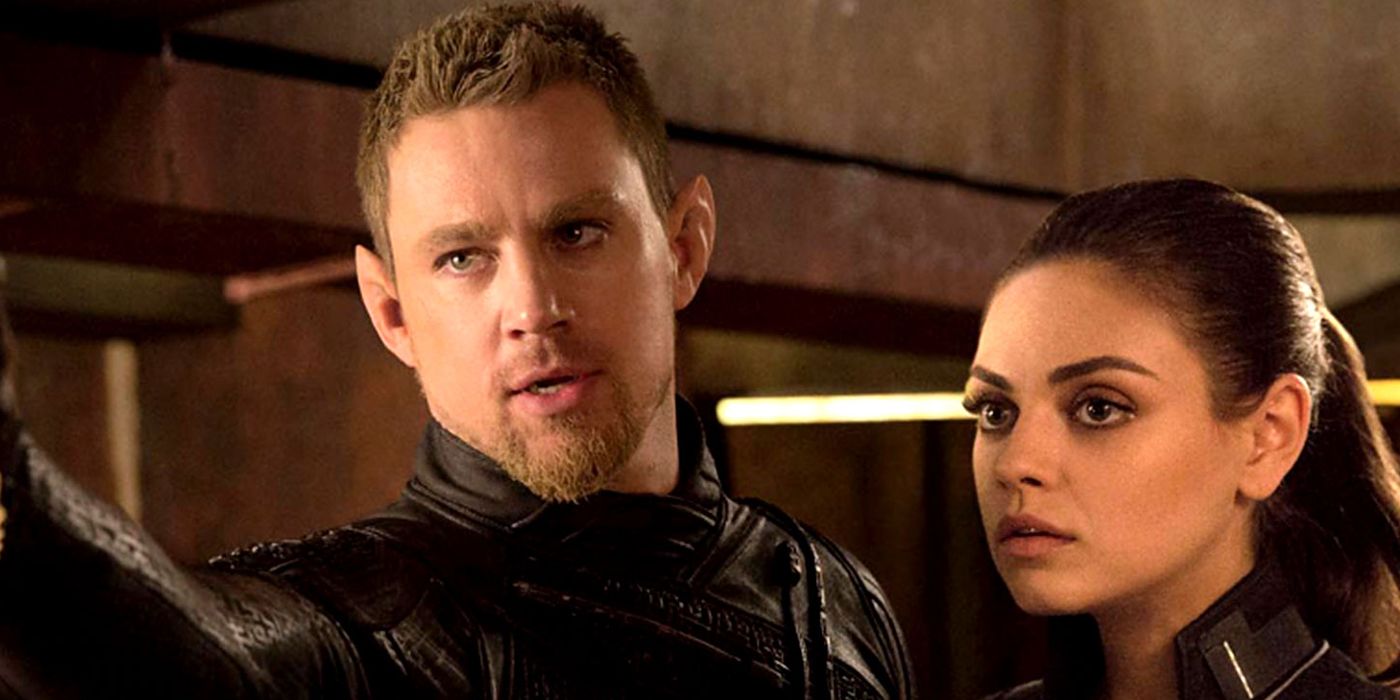


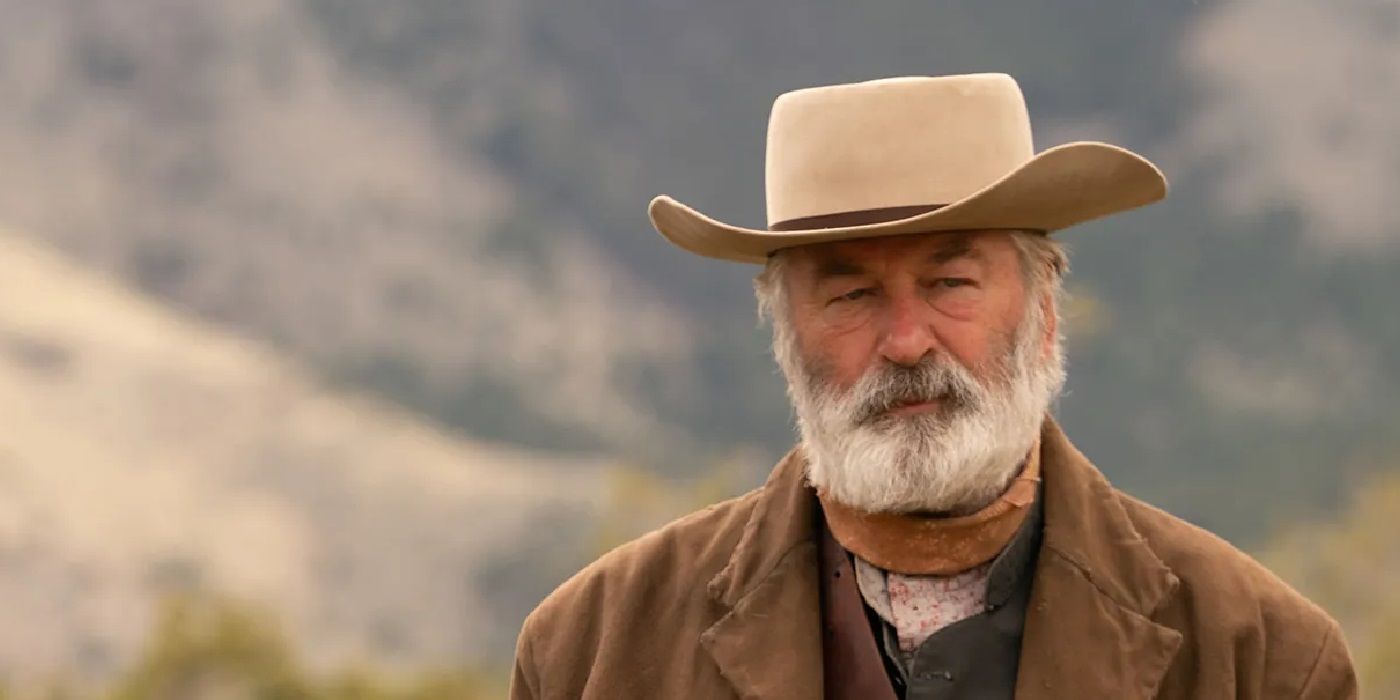
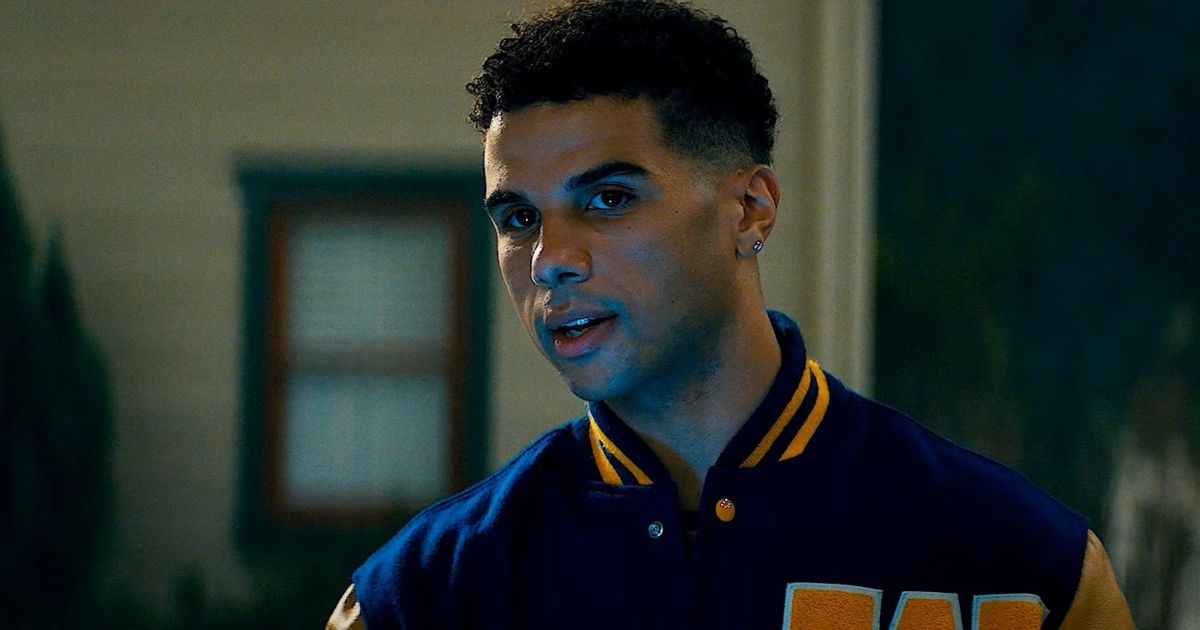


.jpg)


